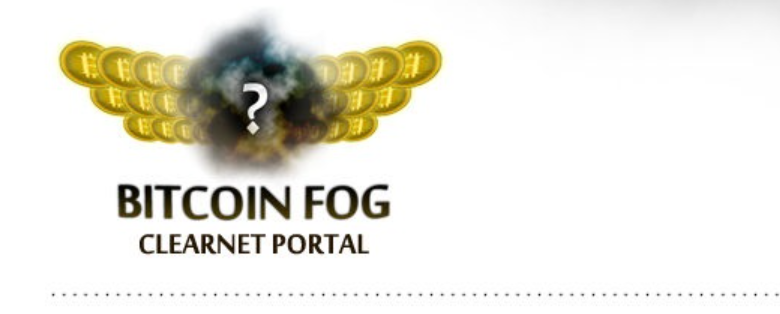
As you know, Bitcoin is not a completely anonymous system. This is where all transactions are saved and tracked from start to finish. Therefore, to really hide money, special anonymizers or mixers are used. They mix incoming transactions at the same address, so that the output does not show where specific coins came from.
Bitcoin Fog is one of the leading mixers. He worked for ten years. And yet, in the end, the alleged admin of the service was identified and detained .
This story shows how difficult it is to remain anonymous online. And the method of deanonymization in this case is especially indicative.
The alleged admin was Roman Sterling, 32, a citizen of Russia and Sweden. What gave him away? A trace of our own digital transactions ten years ago .
Roman was detained on April 27, 2021 in Los Angeles. According to court documents, he is accused of laundering more than 1.2 million bitcoins - worth $ 336 million at the time of payments - over the ten years that he allegedly ran Bitcoin Fog.
The service commission was 2-2.5%. Based on this figure, the benefit that Sterling allegedly gained from what the authorities call "money laundering" will be determined. Approximately 78 million transactions of the service originated from darknet services for the sale of illegal drugs, weapons, etc.
In order to prove Roman's "evil intentions", agents of the Internal Revenue Service of the United States in 2019 sent bitcoins to the service, having previously notified the admin that these were proceeds from the sale of ecstasy. But the transaction in Bitcoin Fog was successful anyway. Here is the proof.
In total, according to IRS estimates, Sterling allegedly earned about $ 8 million. This is still at the old bitcoin rate.
A 2011 crypto transaction that Sterling used to register hosting Bitcoin Fog helped figure out the admin: "This is another example of how investigators with the right tools can use cryptocurrency transparency to track the flow of illicit funds," saysJonathan Levin, co-founder of blockchain analysis company Chainalysis.
The materials of the criminal case tell the story of how he was de-anonymized. It started with the fact that he launched the site at the end of 2011, promoting it under the pseudonym Akemashite Omedetou (Japanese for "Happy New Year") on the BitcoinTalk forum.

Sterling was tracked down through the same blockchain analysis from which he protected his users. In 2011, he paid to host the Bitcoin Fog server using the now defunct digital currency Liberty Reserve. The Bitcoin blockchain has preserved these transactions for the purchase of Liberty Reserve: first, he exchanged euros for bitcoins on the previously known crypto exchange Mt. Gox, then transferred these bitcoins through several addresses and finally exchanged them on another currency exchange for Liberty Reserve coins, which he used to create the Bitcoin Fog domain.
Based on this entire chain of transactions, the IRS identified the account of Mt. Gox, which contains Sterling's home address and phone number, and even a Google account, including a Russian-language Google Drive document with instructions on how to hide Bitcoin transactions. This document accurately described the steps Sterling took to buy Liberty Reserve coins.
This is the story of deanonymization. Bitcoin was once considered an anonymous cryptocurrency, but now it is the Bitcoin blockchain with all historical transactions since the inception of the system that is the main tool of investigators. All your actions ten years ago and now are in full view.
Interestingly, Bitcoin Fog continued to work at http://foggedd3mc4dr2o2.onion and after the arrest of the alleged admin.
